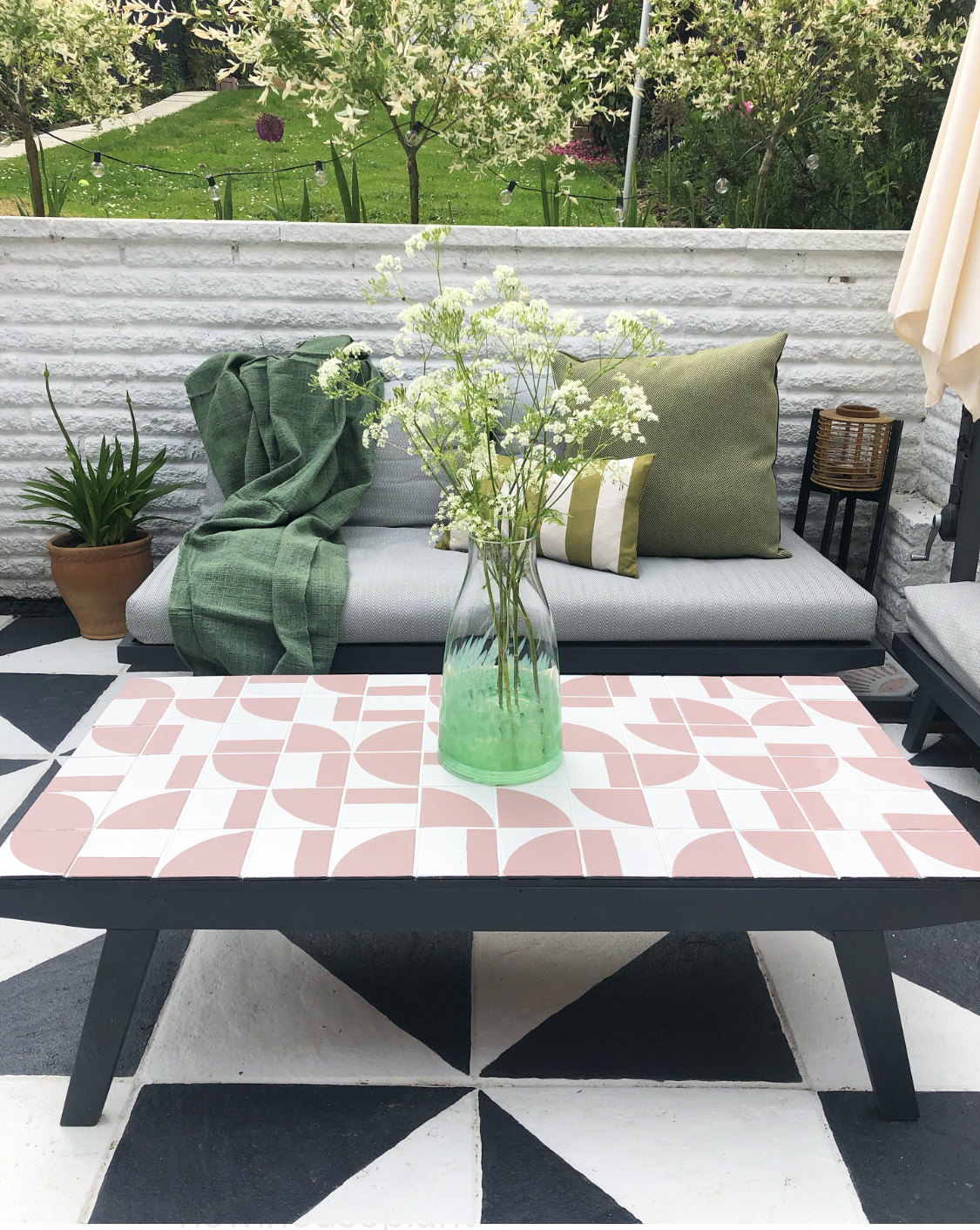
Deciding which type of decking material to use for your outdoor living space can be daunting. With so many options available, it’s hard to know the pros and cons of each one. From wood decks to composite materials, there is a wide range of choices on the market today. To help you choose, here are some of the pros and cons of the best dock options available. Read on to learn more!
Wood Decking
Wood decking is the classic choice for traditional homes and remains popular today. The pros of wood decking include its natural beauty, durability, resistance to insects, low maintenance requirements, and easy installation. Additionally, it is easy to customize the look of a wooden deck by painting or staining it to your desired color. Wood decks also offer good insulation options that can help you save on heating and cooling costs.
The cons of wood decks include the high cost, susceptibility to rot and splintering, vulnerability to warping or cracking in extreme climates, and the need for regular staining or painting to keep it looking new. Wood decking is also susceptible to insect damage and requires an annual inspection for safety.
Composite Decking
Composite decking is made from a combination of plastic and wood fibers and features a modern, low-maintenance design. It’s strong, durable, rot-resistant, and easy to install. Composite decking doesn’t require staining or painting so it can stand up to the elements better than wood decking. It is also scratch-resistant and slip-resistant, making it a safe option for families with children and pets. The cons of composite decking include its higher cost than traditional wood decking and the fact that it can become hot in direct sunlight.
Plastic Decking
Plastic decking is a low-maintenance option that has become increasingly popular over the last decade. It’s made from recycled plastic and wood fibers, so it’s an environmentally-friendly choice. Plastic decking is resistant to moisture, rot, and insects, making it a good choice for outdoor projects. It is also easy to install and doesn’t require sanding or staining like wood decking.
The cons of plastic decking include its higher cost than traditional wood decking and the fact that it can become slippery when wet. Plastic decking is also unsuitable for high-traffic areas because it is susceptible to wear and tear over time.
Aluminum Decking
Aluminum decking is a popular option due to its durability and low-maintenance requirements. It is also easy to install, doesn’t require staining or painting, and is resistant to insects, rot, and moisture. Aluminum decking doesn’t corrode or rust like other materials and can be used in high-traffic areas with no problem. Additionally, it offers thermal insulation and sound absorption properties that make it a good choice for outdoor entertaining spaces.
The cons of aluminum decking include its higher cost than traditional wood decking and the fact that it can become hot in direct sunlight. Additionally, aluminum decking is not as strong as real wood decks and can expand and contract in extreme temperatures, so they require regular maintenance. For this reason, it is best suited for smaller decks and patios that don’t need a lot of weight-bearing capacity.
Final Thoughts
When choosing the best dock options for your outdoor space, it’s crucial to weigh all the pros and cons before deciding. All types of decking have their benefits and drawbacks, so consider how often you plan on using your deck, what kind of climate you live in, and your budget before making a purchase. Considering all these factors, you can find the perfect decking material that will look great and last for years. So good luck and happy designing!
Post in collaboration.